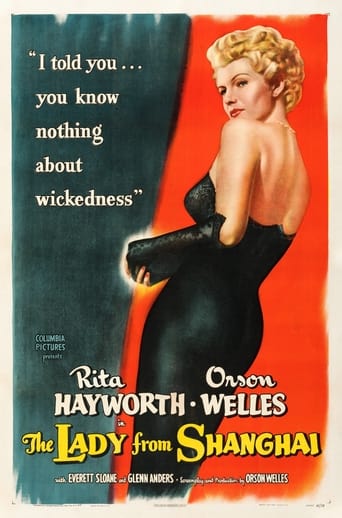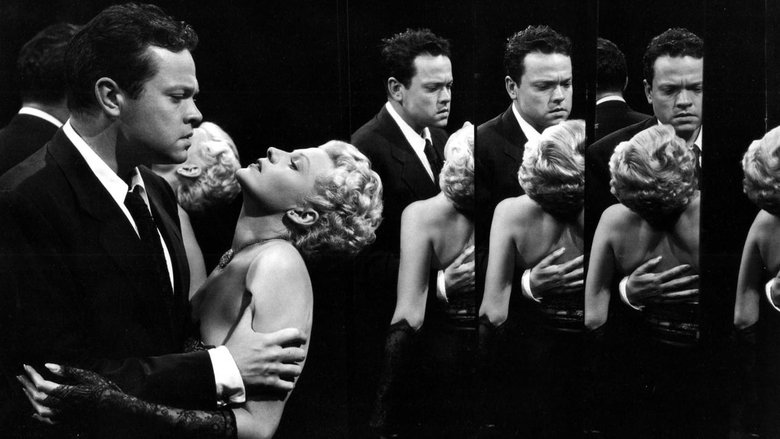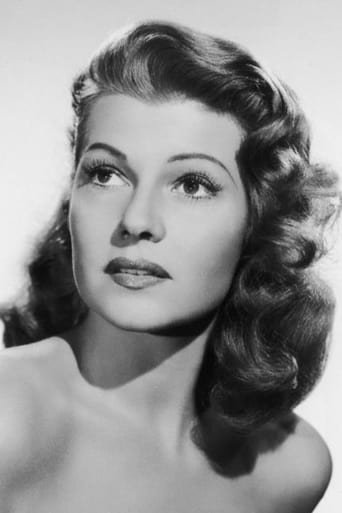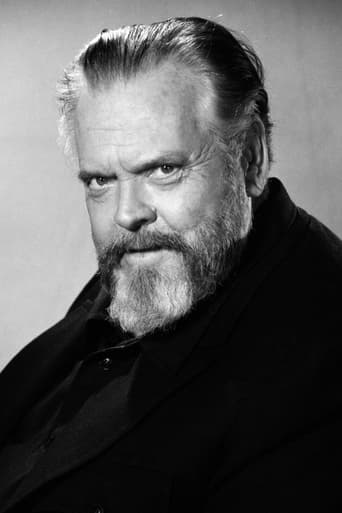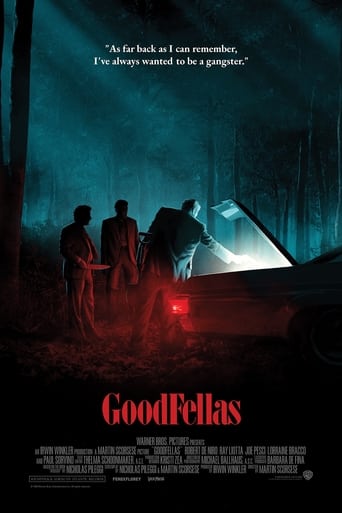The Lady from Shanghai (1948)
A romantic drifter gets caught between a corrupt tycoon and his voluptuous wife.
Watch Trailer
Cast
Similar titles
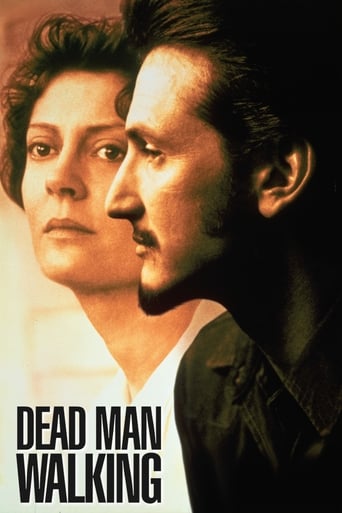

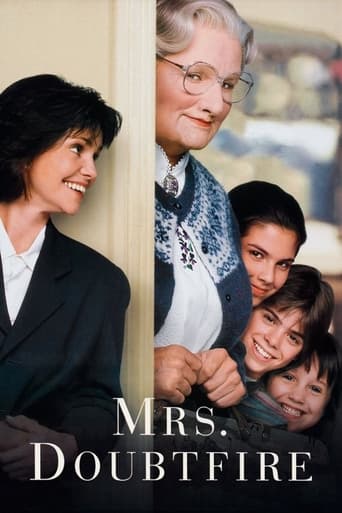
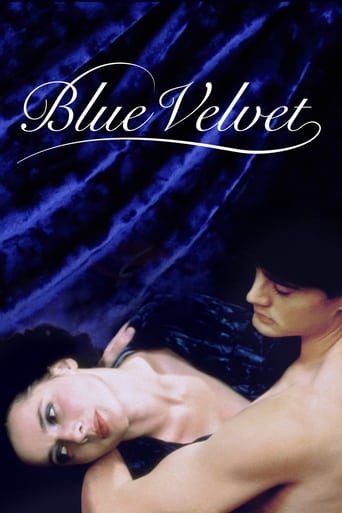
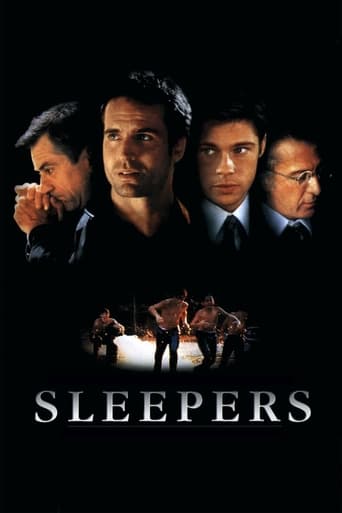
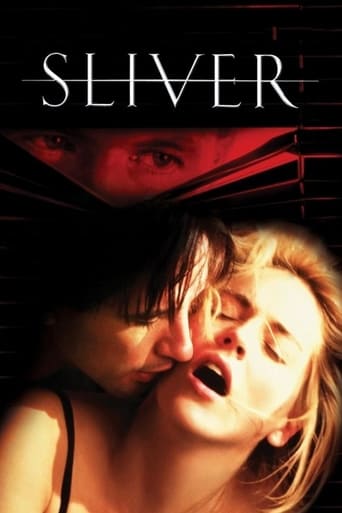
Reviews
So much average
Excellent but underrated film
Pretty good movie overall. First half was nothing special but it got better as it went along.
The acting in this movie is really good.
. . . especially effective at showing how an honest, intelligent man will make the stupidest choices when lured by snakes. People say this movie is confusing -- I say look at the simple, personal, ugly-beautiful movie that it is and not what you imagine.Welles's fake-Irish stands up okay. Hayworth's negative capability never more apparent. Everett Sloane plays the sh*t out of one Cinema's purest evil, of the type who like to own and destroy people, slowly.Fans always rave about the funhouse mirrors finale, but so many astonishing set pieces to relish -- my fave is the Chinese theater sequence.And of course, 'Lady from Shanghai' is one in the must-see canon.
"The Lady from Shanghai" is a 1947 film noir by director Orson Welles. The film was famously "butchered" by Colombia Pictures president Harry Cohn, who removed about half of Welles' footage and replaced it with extensive and expensive re-shoots."Shanghai" is narrated by Michael O'Hara (Orson Welles), an Irish sailor who gets swept up in a plot involving crooked lawyers, rich businessmen and sultry femme-fatales (Rita Hayworth). Like most of Welles' film, its aesthetic is busy and bombastic to a fault. Welles assaults us with all manners of trickery, including off-beat camera angles, strange accents, unusual compositions, copious long shots, extreme close ups, grandiose location photography, audacious crane shots, leering shots of Hayworth's bikini-clad body and manic fun house sequences which include a visit to a Hall of Mirrors. Welles so commits to his "throw everything including the kitchen sink" approach, that he even hits us with giant fish, giant octopuses and a courtroom filled with shenanigans too bizarre to describe. There's even an apocalyptic subplot in which characters pontificate the End of the World! As "The Lady from Shanghai" doesn't represent Welles final vision, Welles intentions for the film remain unknown. Some view it as a film about the dissolution of Welles' marriage to Rita Hayworth, whilst others see it as a tale unreliably narrated by a madman. Others view it through a political lens, O'Hara a disillusioned dissident (he fought against General Franco in the Spanish Civil War, whilst the film's chief villain admits to being pro-Franco) and leftist trapped in a landscape of visual distortions and so forever unable to "fit" into the world. This world, he explains, is one of conniving sharks, humans destined to "eat themselves up" via deranged blood-frenzies. However one reads "Shanghai", it offers one of the most baroque and bizarre handlings of familiar noir tropes.7.9/10 – See "Out of the Past" (1947) and "Double Indemnity".
Engrossing film noir scripted & directed by Orson Welles about an Irish drifter (Welles) beguiled by the beautiful wife (Rita Hayworth) of a successful attorney (Everett Sloane). Before long he finds himself mixed up in a plot to fake a man's death and winds up on trial when the man is actually murdered.A stylish piece of work that's gained more appreciation in the years since its release but still appears to be divisive among film fans today. A lot has been written about the troubles between Welles and studio head Harry Cohn over this picture. Among other things, Cohn was furious over Welles' cutting and dyeing Hayworth's hair. Something like that seems silly today but this was the studio era and stars had a specific image the studios crafted and wanted to maintain. Welles knew what he was doing, of course, and Rita's new look is stunning and a large part of why this film is so memorable. She was rarely more beautiful than she is in this movie. Every shot of her is perfection and her sex appeal is timeless. When she breathlessly delivers lines like "I'll make it worth your while" she reaches across the decades and smacks down all the would-be screen sirens of today. Everett Sloane does a great job, as he always seemed to. Such a solid actor. Glenn Anders isn't as well-known today as Hayworth and Welles (or even Sloane for that matter) but he gives a delightfully eccentric performance here.For his part, Welles' script and direction are superb but it's his acting that is often singled out as one of the main criticisms of the film. Many don't like his Irish accent. I've heard better but I've also heard far worse, even with many current actors who are critical darlings. Other than that his acting is good, great at times, and his chemistry with then-wife Hayworth is excellent. Charles Lawton, Jr.'s handsome cinematography is probably the real unsung hero of this. It's really a wonderful movie, particularly if you're a fan of Welles or Hayworth. It has quotable lines, interesting characters, and some impressive visuals. The hall of mirrors climax is justifiably a classic. As with every great film, this has its detractors and its admirers. I'm one of the latter, obviously.
If you like your noir with a little Latin beat, this could be right up your alley. The title is a bit of a misnomer though, since 'The Lady', Elsa Bannister (Rita Hayworth) wasn't from Shanghai, she just happened to be there once. If I hadn't heard all the caveats from the reviewer who introduced the picture on Turner Classics, I wouldn't have considered it to be a 'flawed' picture. Apparently producer Harry Cohn who financed the thing had a lot of problems with the finished film, and had Orson Welles re-shoot a lot of the scenes with Hayworth to feature her glamorous side, hence all the steamy close-ups. Welles was married to Hayworth at the time even though the marriage was kaput, so watching both of them get passionate on screen must have been a real exercise in acting effort.You might need to catch the story a couple of times to figure out the murder plot, but it's all spelled out by the principals - Grisby (Glenn Anders) killed Broome (Ted de Corsia) when Broome discovered the plan to kill Arthur Bannister (Everett Sloane) and frame Michael (Welles) for the murder. Elsa (Hayworth) killed Grisby once she knew Michael had written the confession, but that left her husband still alive to represent Michael as the world's greatest criminal attorney. The fun house mirror maze would have worked out fine for Elsa if she and Arthur hadn't shot each other, but I guess you can't have everything.The schlub in the story was Michael, but he knew that all along. He inadvertently managed to follow the premise he offered at the start of the picture - "One who follows his nature keeps his original nature in the end". Apparently so did all the rest, managing to fulfill their nature as sharks, mad with their own blood.
